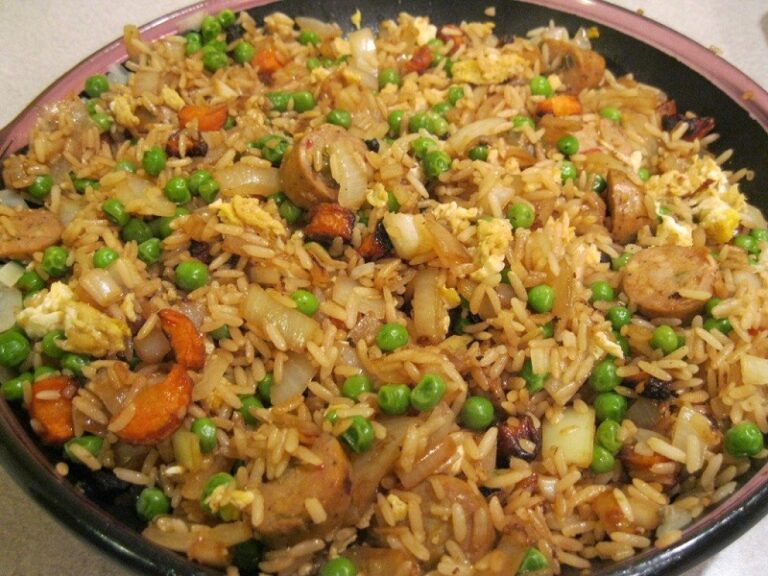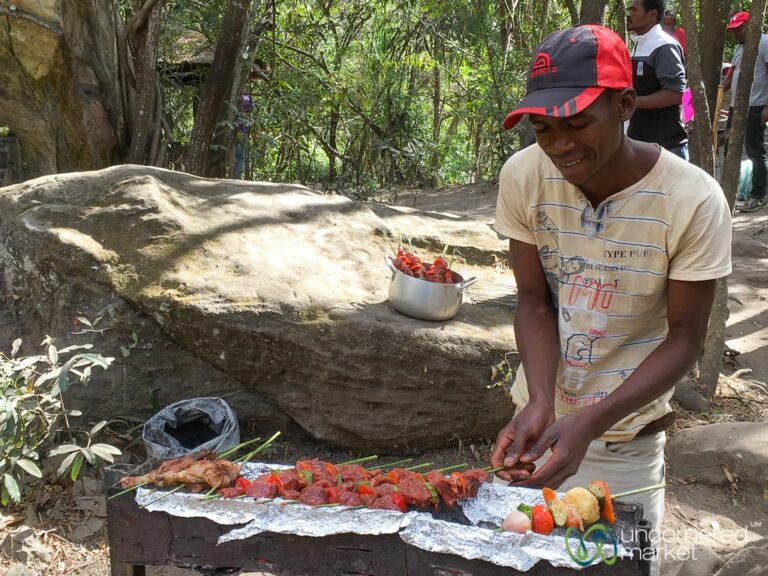Introduction
Madagascar, the fourth largest island in the world, is known for its incredibly diverse ecosystems and natural resources. The island is home to thousands of unique plant and animal species, many of which are found nowhere else on earth. These natural resources have had a significant impact on the cuisine of Madagascar, and traditional dishes often incorporate ingredients and cooking techniques that are specific to the island’s ecosystems.
Biodiversity of Madagascar
Madagascar’s biodiversity is unlike anywhere else on the planet. The island is home to over 12,000 plant species, 50% of which are endemic, meaning they only grow in Madagascar. The island is also home to a vast array of animals, including lemurs, fossas, and a variety of birds. Many of these plants and animals are used in Malagasy cuisine, and their unique flavors and textures have become an integral part of traditional dishes.
Traditional dishes of Madagascar
Malagasy cuisine is a reflection of the island’s diverse cultural influences and natural resources. Traditional dishes often incorporate rice, which is the staple food of Madagascar, as well as meat, fish, and vegetables. Some of the most popular dishes include Romazava, a beef stew made with leafy greens, and Ravitoto, a dish made with cassava leaves and pork. Other popular dishes include Akoho sy voanio, a chicken and vanilla sauce dish, and Koba, a dessert made from mashed bananas, rice flour, and peanuts.
Culinary ingredients from the ecosystem
Madagascar’s diverse ecosystems and natural resources have provided a wealth of ingredients and cooking techniques that are unique to the island. One such ingredient is vanilla, which is grown in the northern region of the island and is prized for its rich, sweet flavor. Other ingredients include cassava, a starchy root vegetable, and various types of leafy greens, which are used in soups and stews. The island is also known for its seafood, including shrimp, crab, and octopus, which are often grilled or fried and served with rice.
Evolution of Malagasy cuisine
Over the years, Malagasy cuisine has evolved and adapted to reflect the changing cultural and environmental influences on the island. The arrival of Europeans in the 16th century brought new ingredients and cooking techniques, such as spices and dairy products. The influence of Chinese and Indian traders also brought new ingredients and flavors to the island. Today, Malagasy cuisine continues to evolve as chefs experiment with new ingredients and techniques, while still honoring the traditions and flavors of the past.
Future of Malagasy cuisine
As Madagascar continues to face environmental challenges, such as deforestation and soil degradation, the future of Malagasy cuisine is uncertain. However, efforts are being made to preserve the island’s unique culinary heritage, including promoting sustainable farming practices and preserving traditional recipes. The island’s rich biodiversity and cultural diversity provide a wealth of culinary inspiration, and there is hope that Malagasy cuisine will continue to thrive and evolve for generations to come.


